
Hello, dear Hivers! 👋🏻
Today I've decided to present you La Sagrada Familia, situated in Barcelona, Spain. ⛪️
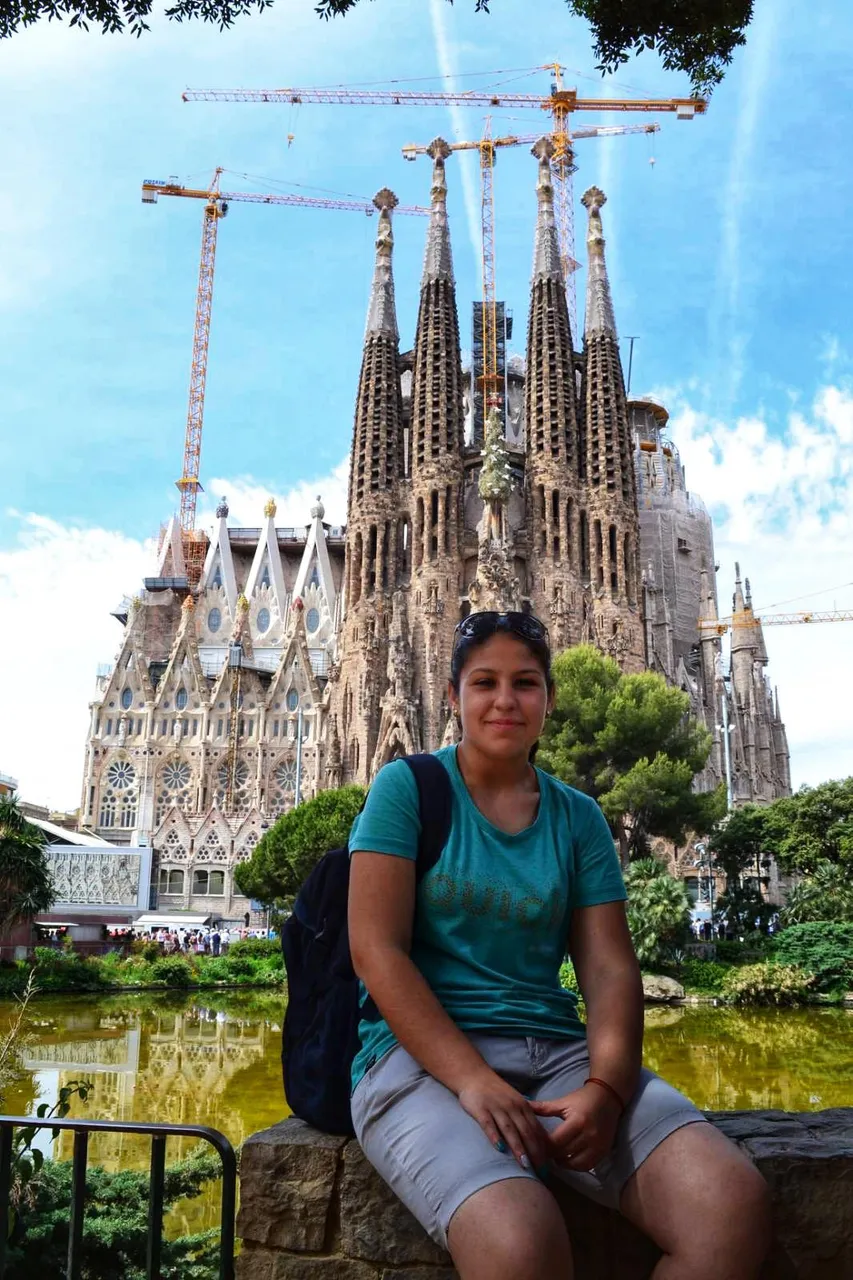
The Sagrada Familia is a landmark that hardly anyone would miss during their stay in Barcelona. Although unfinished, they have become a symbol of the city.
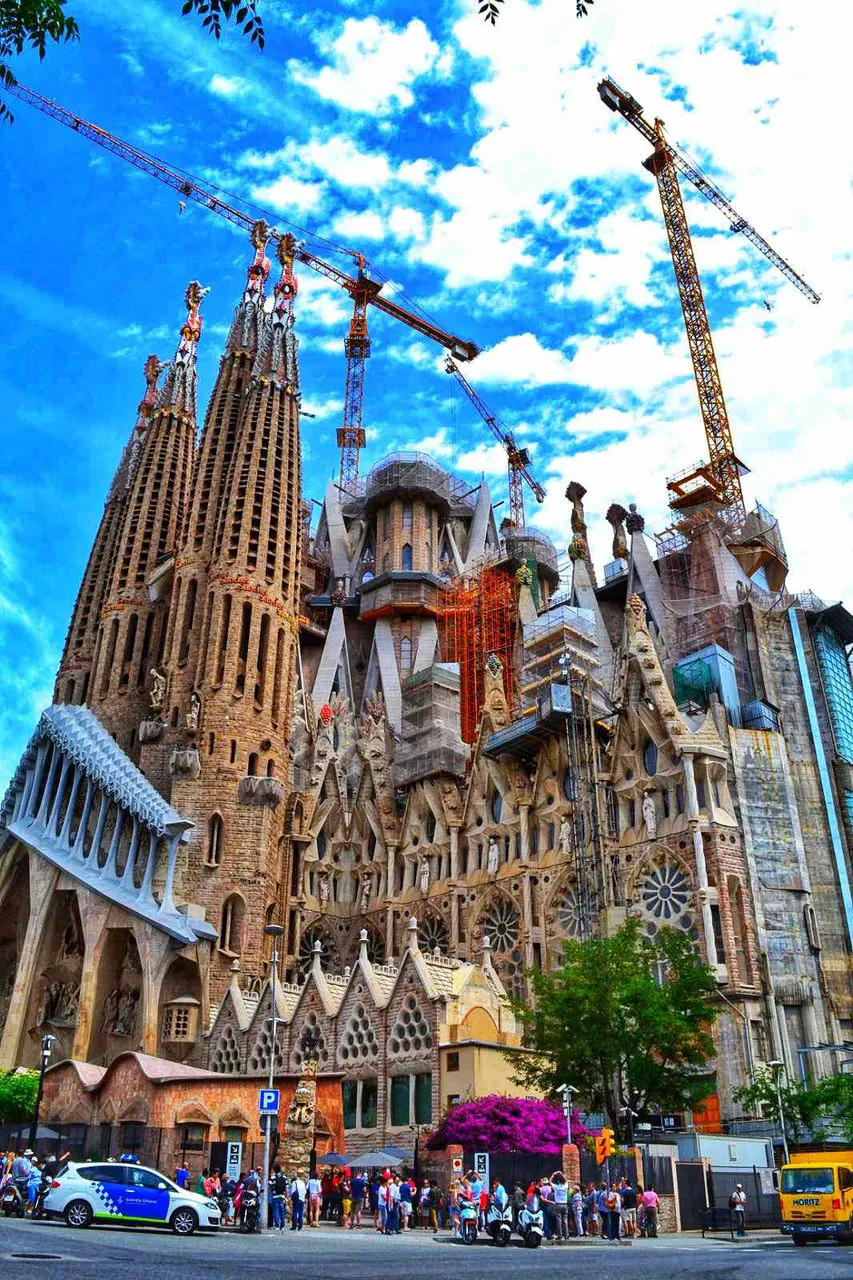
The Sagrada Familia is something you can watch, but it's hard to describe. Its design consists of many details, each of which carries a specific symbolism. It is the work of the notorious architect Antonio Gaudi, who has dedicated several decades of his life to the non-standard religious building.

Today, the construction of the building is on the final straight, and to find out more about its impressive history, we will go back to the 19th century, when 136 years ago the foundations of its construction were laid.
The original design of the Sagrada Familia dates back to 1882 and is the work of the diocesan architect Francisco de Paula del Villar. The plan features neo-Gothic elements: curved windows, buttresses, flying buttresses and a pointed bell tower. But instead the realization of the project of arch.
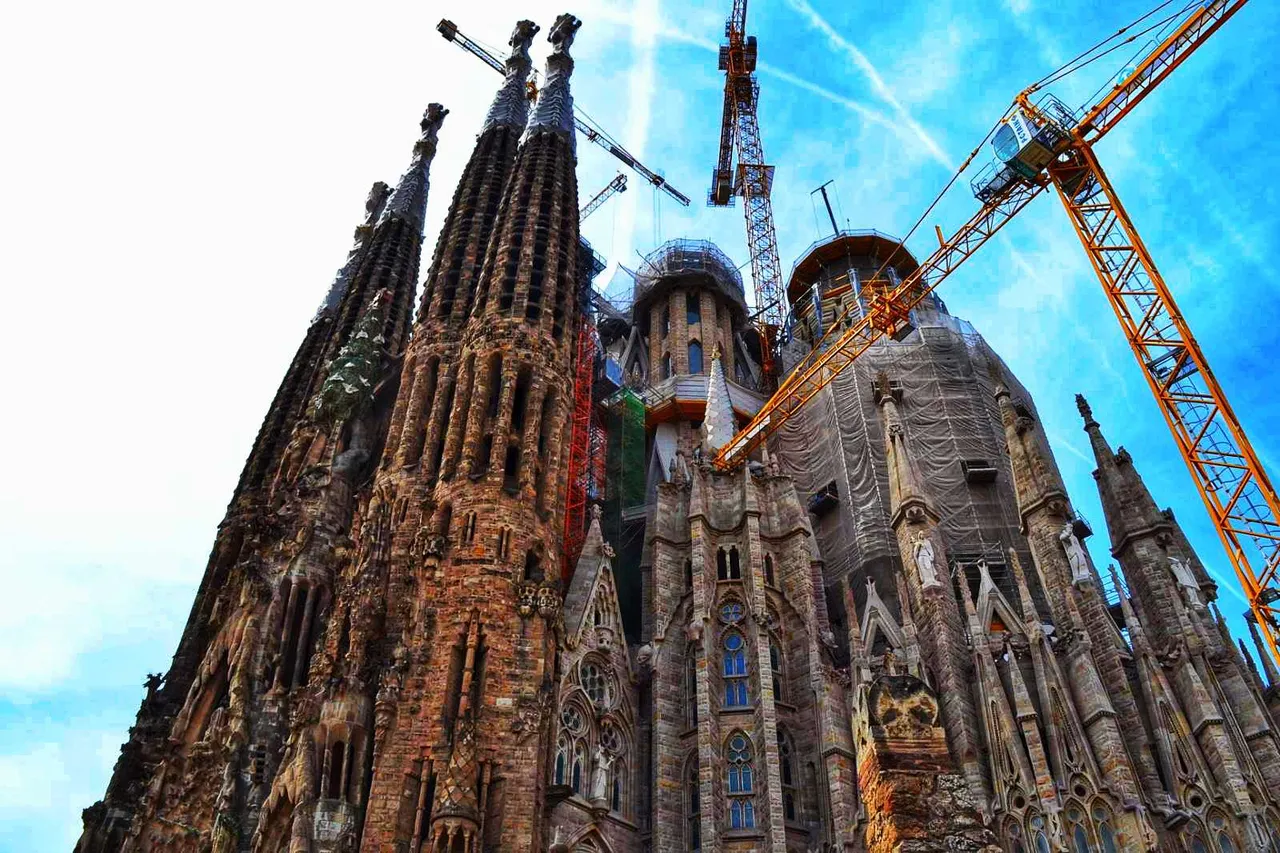
Anthony Gaudí, which combines Gothic and curvilinear forms from the Art Nouveau direction. Gaudi worked on the building from 1883 until his death in 1926. To date, less than a quarter of the Sagrada Familia has been completed. The work of arch. Anthony Gaudi inherits his student Domènec Sugranyes.
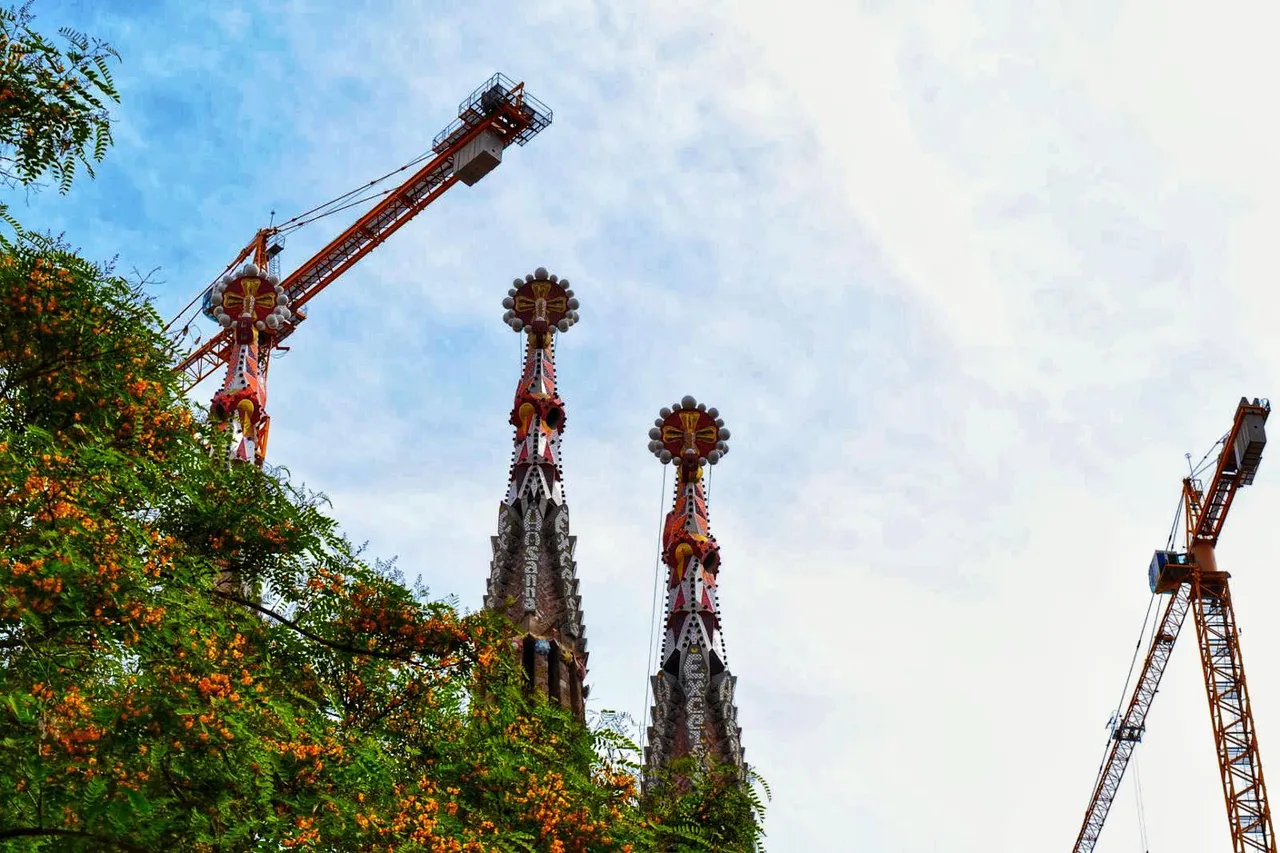
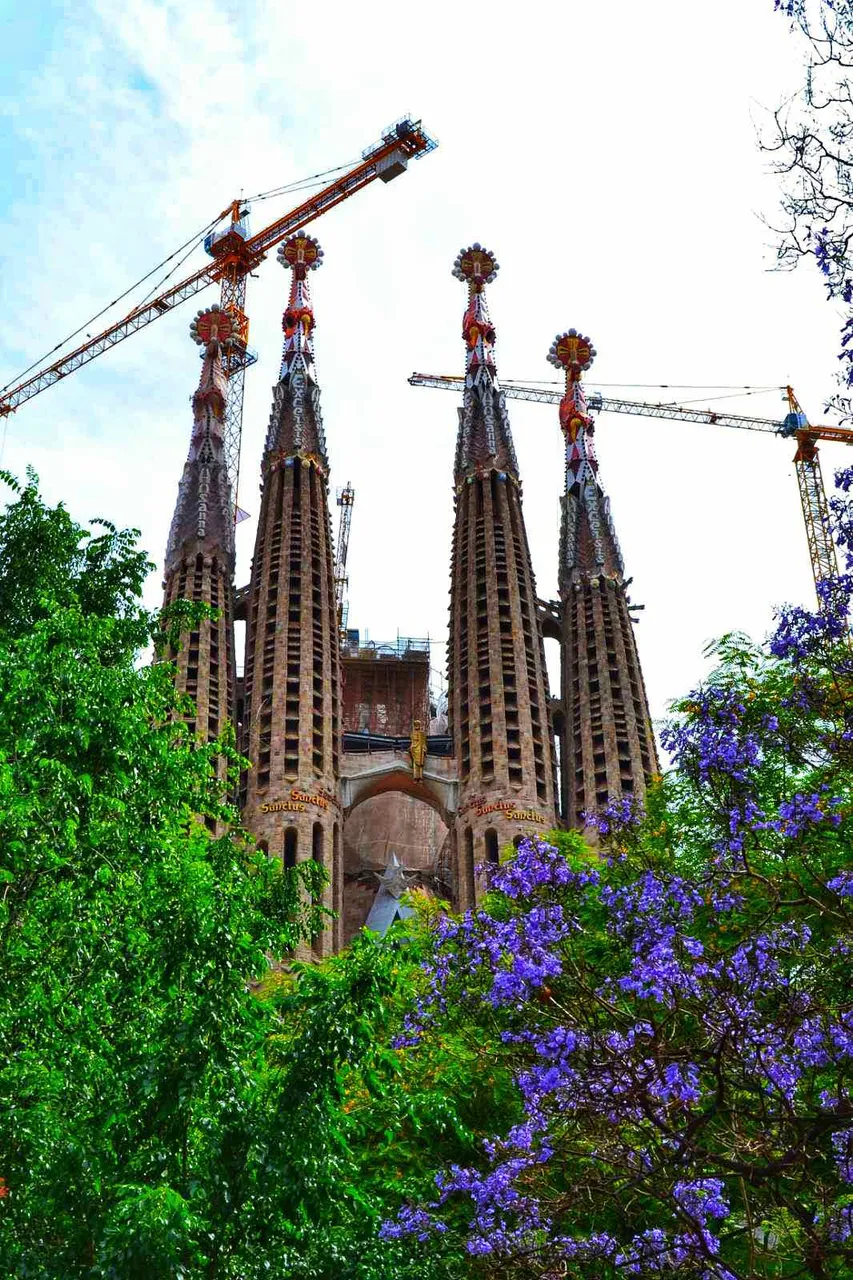
Gaudi based his work on the trial-and-error method. He usually moves his workshop to the construction site. There he experimented with large-scale models, testing the shapes and constructions that would later be used in his constructions.
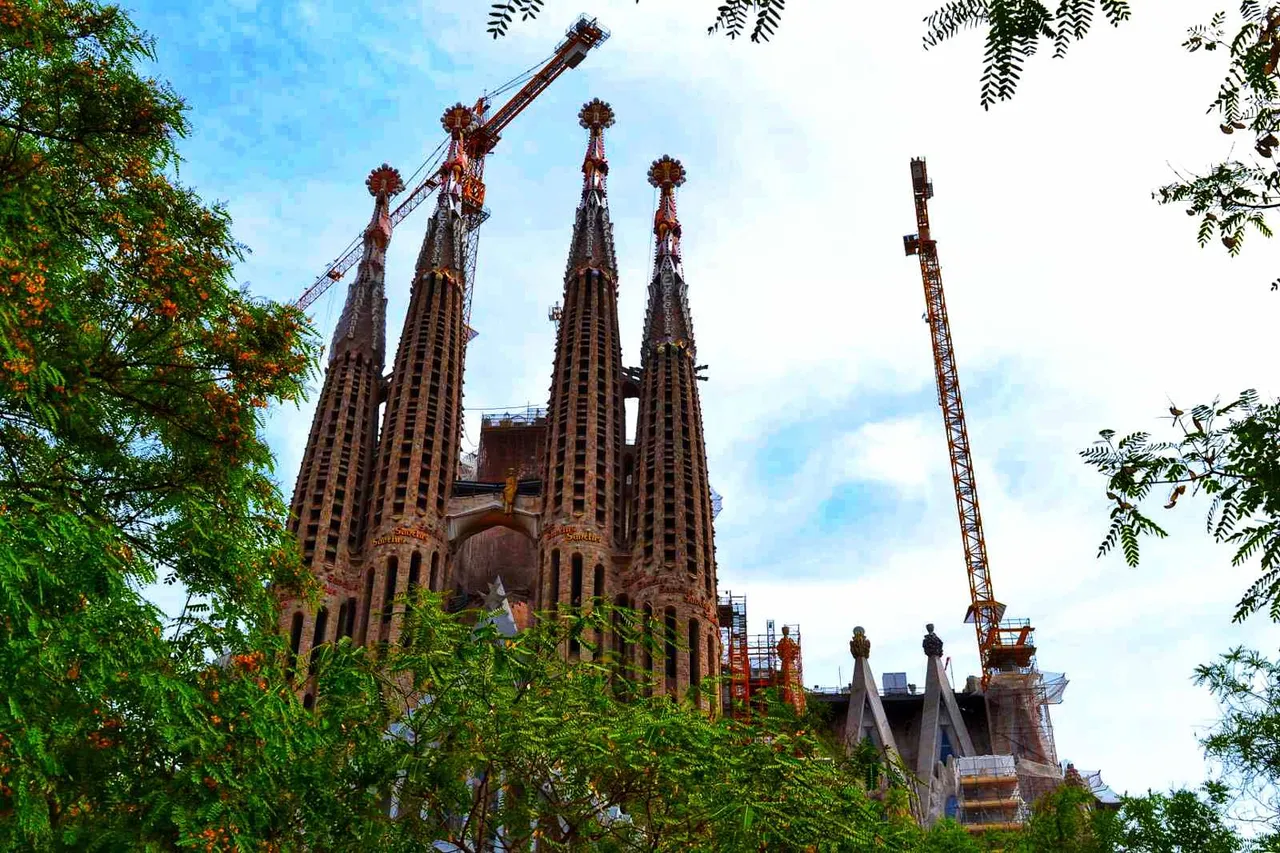
He also applied this plan to the construction of the Sagrada Familia, and the architects who continued his work also applied this method with the help of new technologies.
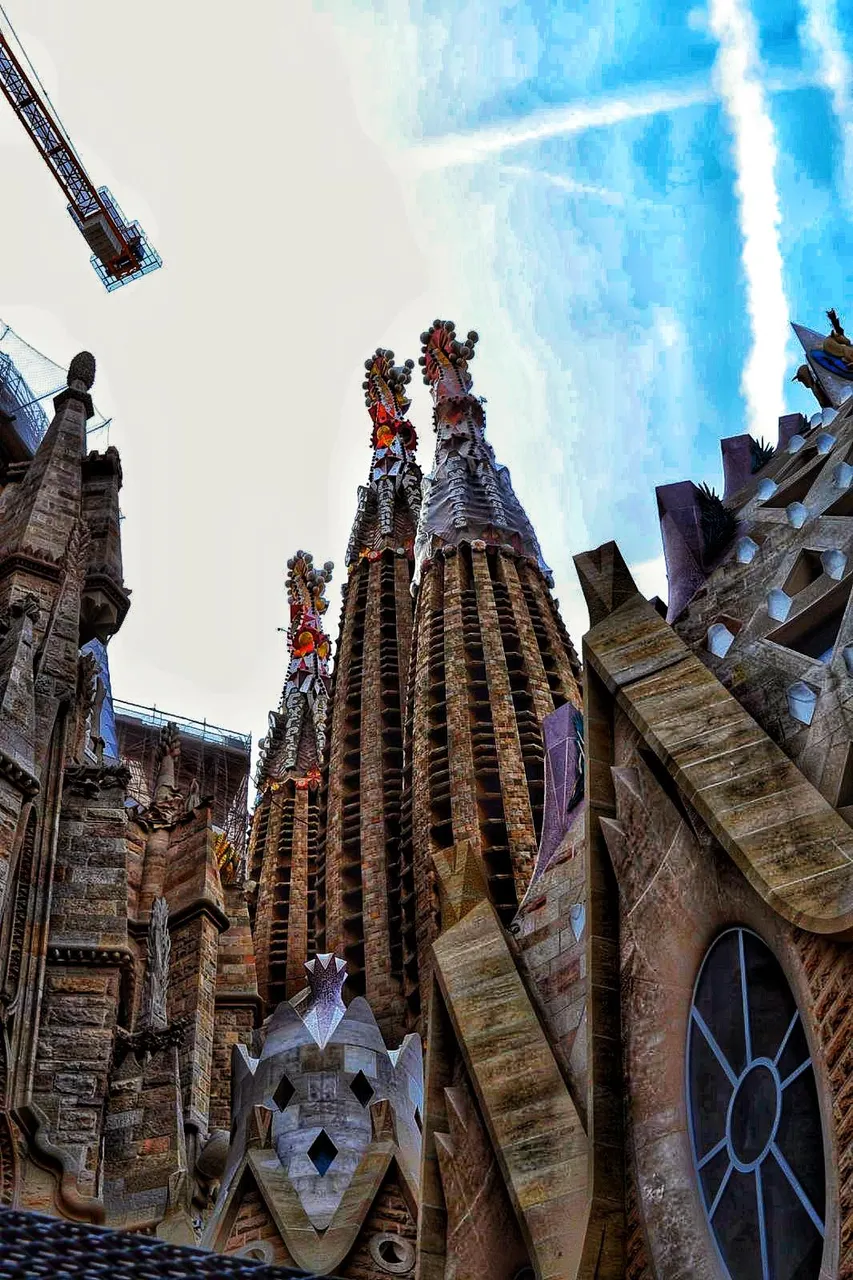
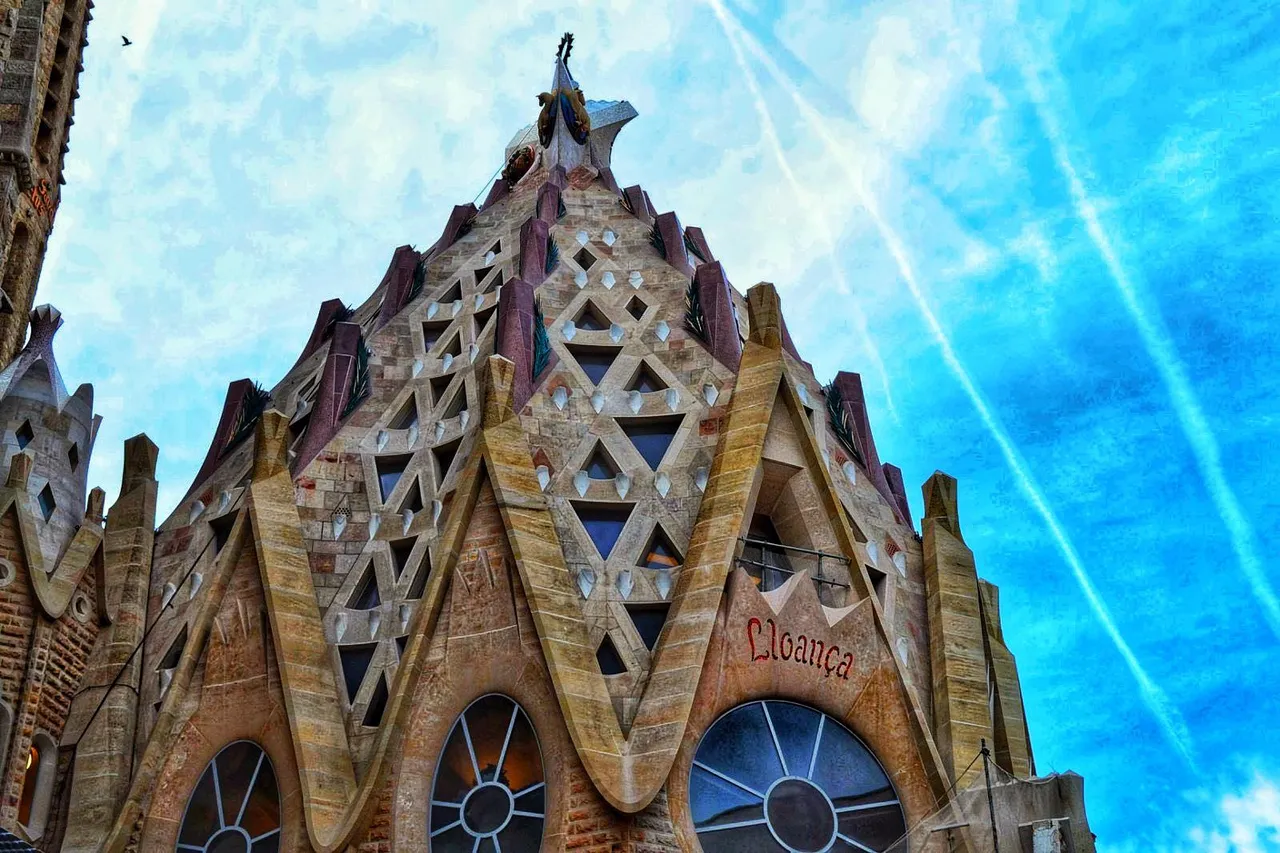
During the Spanish Civil War in 1936, the plans and photographs of the basilica were burned and the plaster was smashed. The construction of the Sagrada Familia was resumed on the basis of Gaudi's open photographs and plans.
Until 2010, the construction of the foundations of all naves, columns, arches and facades of the main nave, transepts, nave and apse continued, and on November 7, 2010 the church was consecrated by Pope Benedict XVI and declared a small basilica.
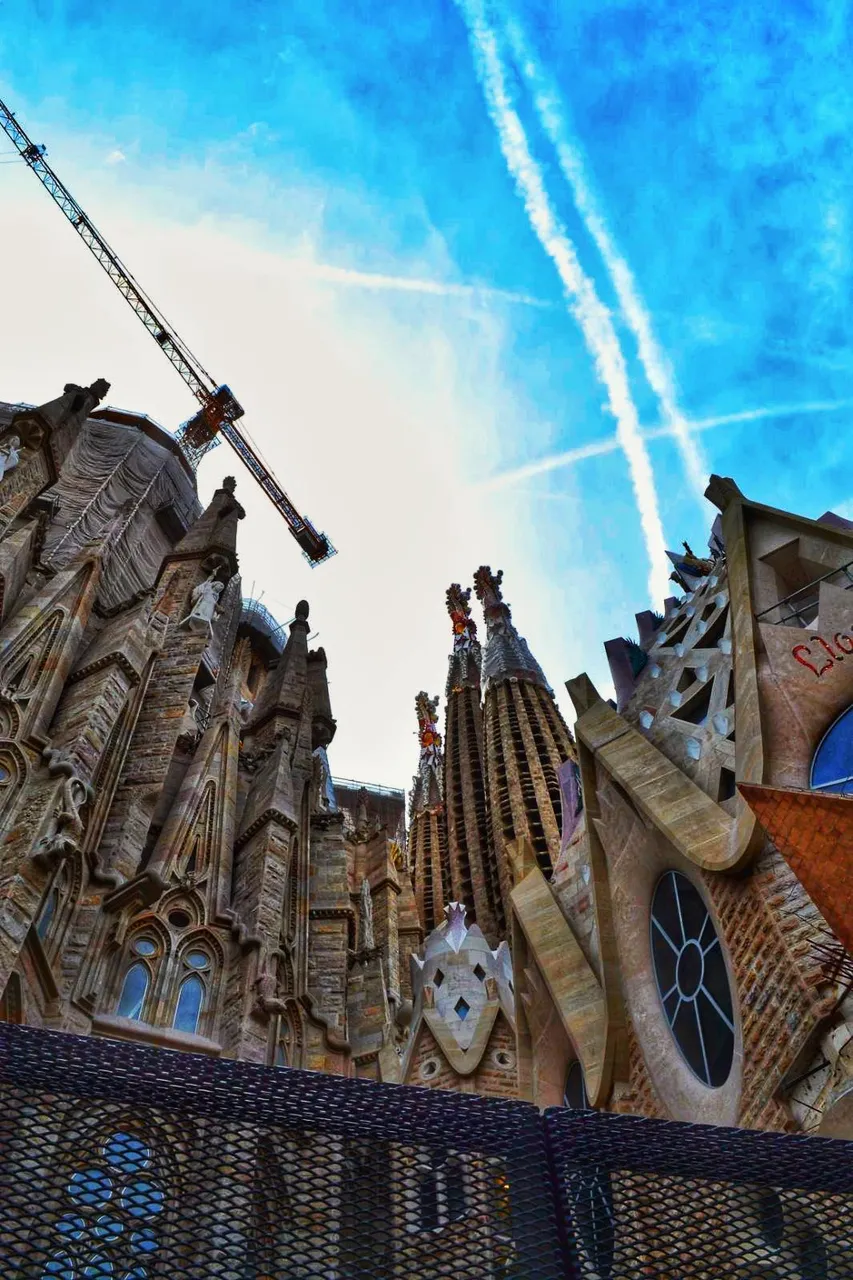
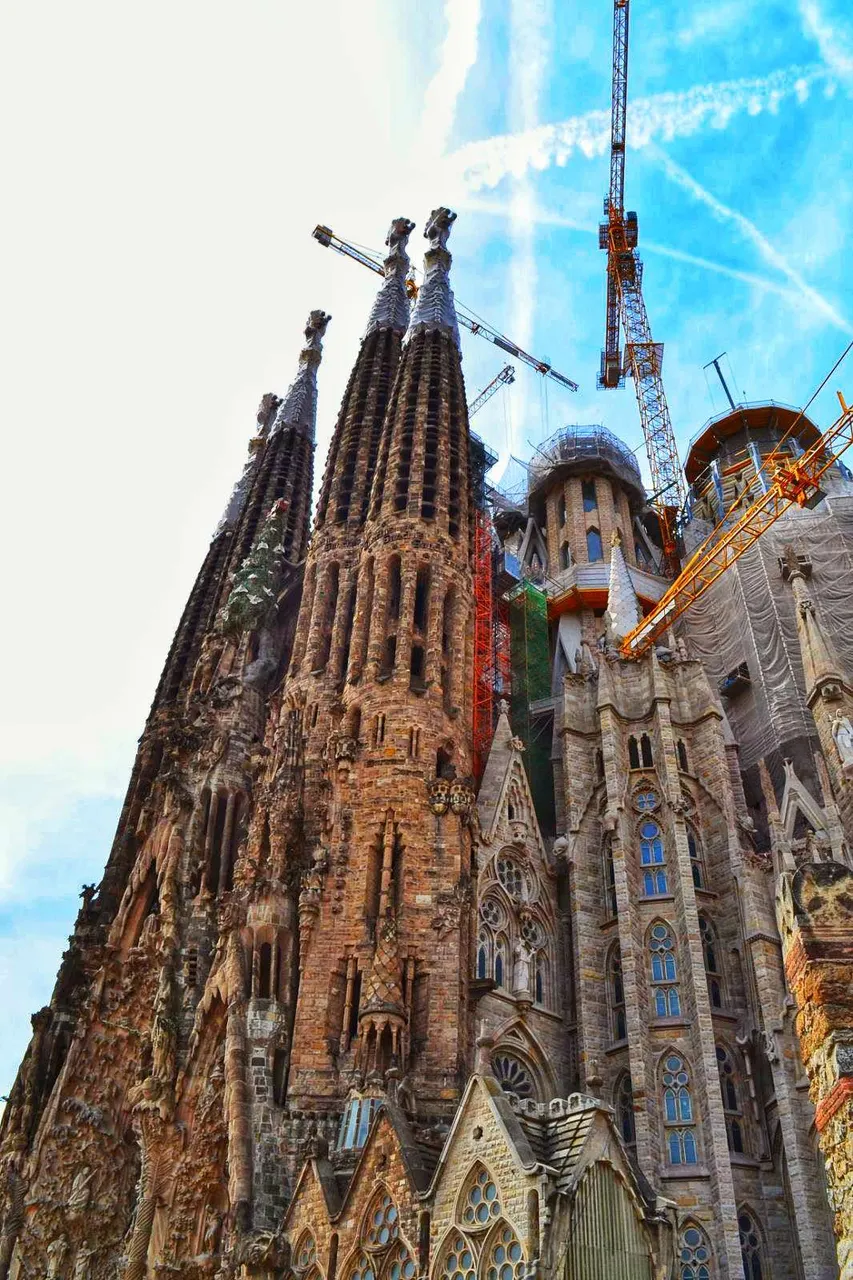
Today, the Sagrada Familia covers an area of 4,500 m2 and has 5 naves, 18 towers, a crypt and the Nativity facade, which is part of the UNESCO World Heritage Site.
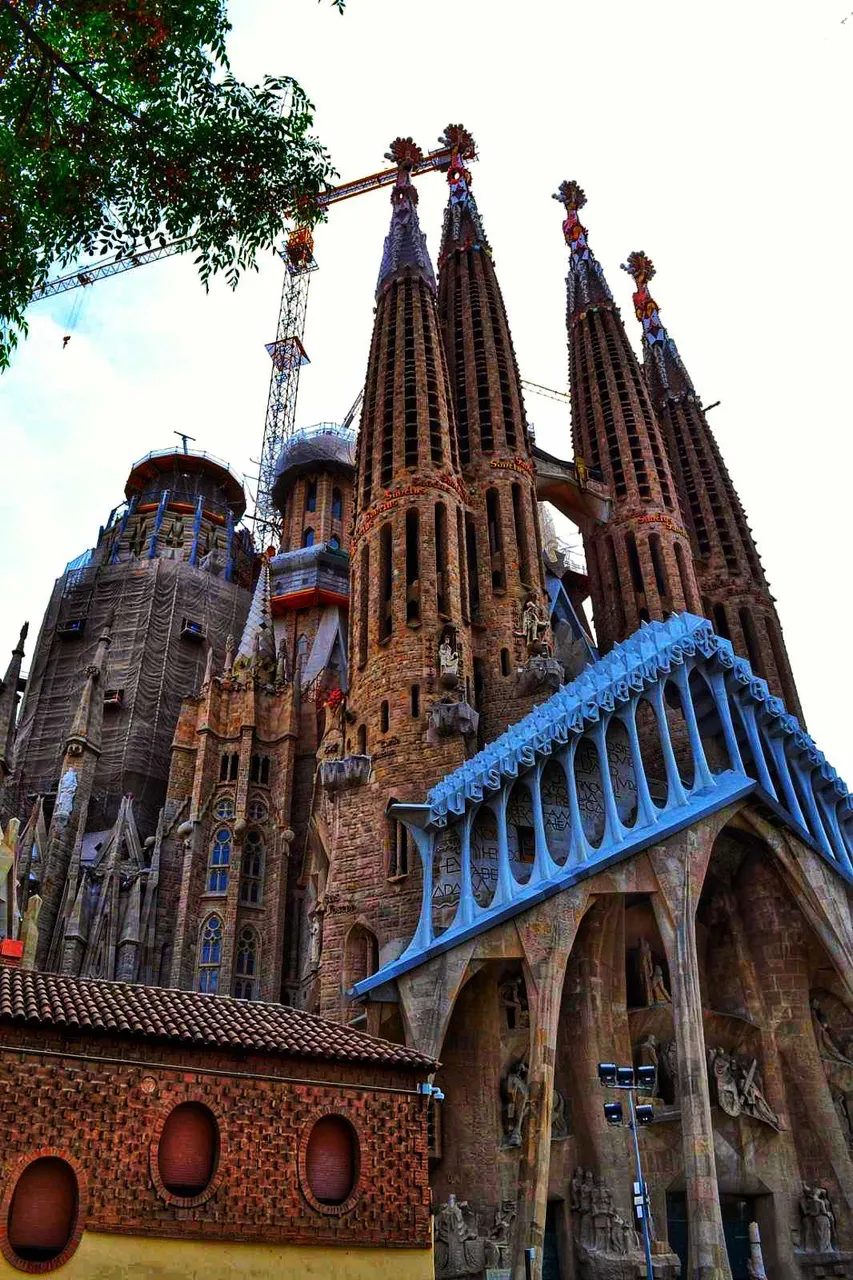
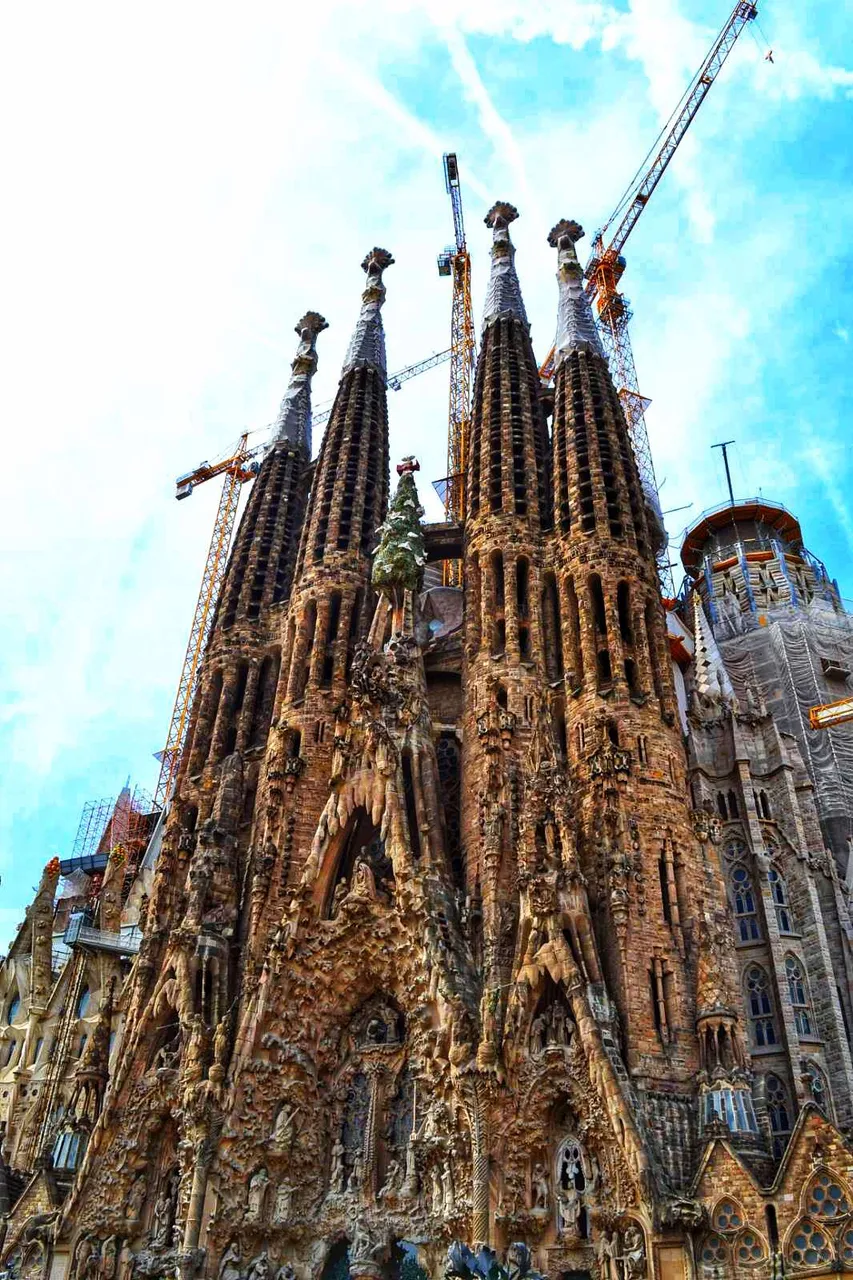
The construction is led by Jordi Bonet and Armengol, and its final completion is expected to take place in 2026.
"Gaudi finds inspiration in nature, which is also reflected in the architecture of the Sagrada Familia. Pyramids, planes and sharp corners intersecting a sphere resembling crystals of some minerals can be seen in the towers. Connections with wildlife, and especially plants, can often be found.”
There is a big park right next to the Sagrada. The view from there is absolutely amazing!
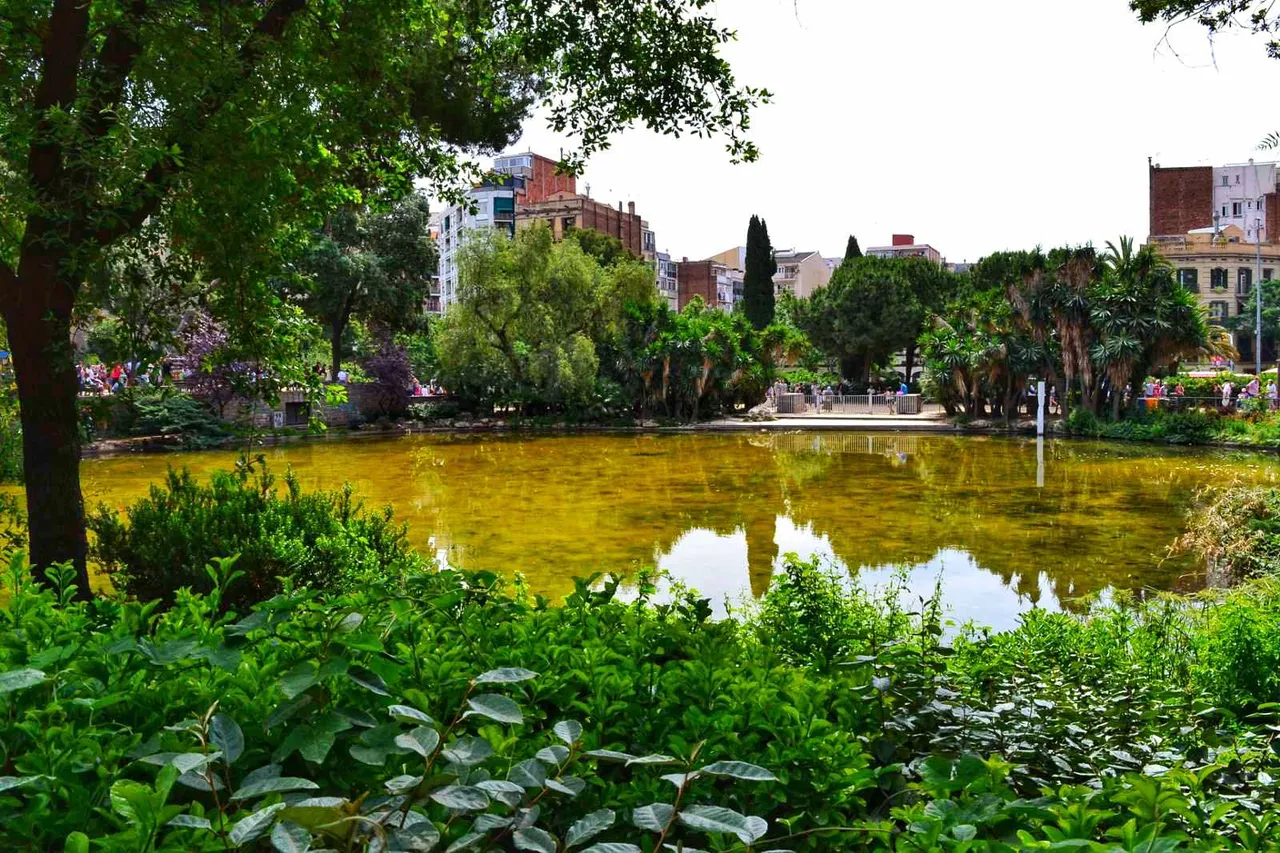

Continuity between the architects of the Sagrada Familia over the years is observed in the choice of the main building material - stone.

Feeling of elevation

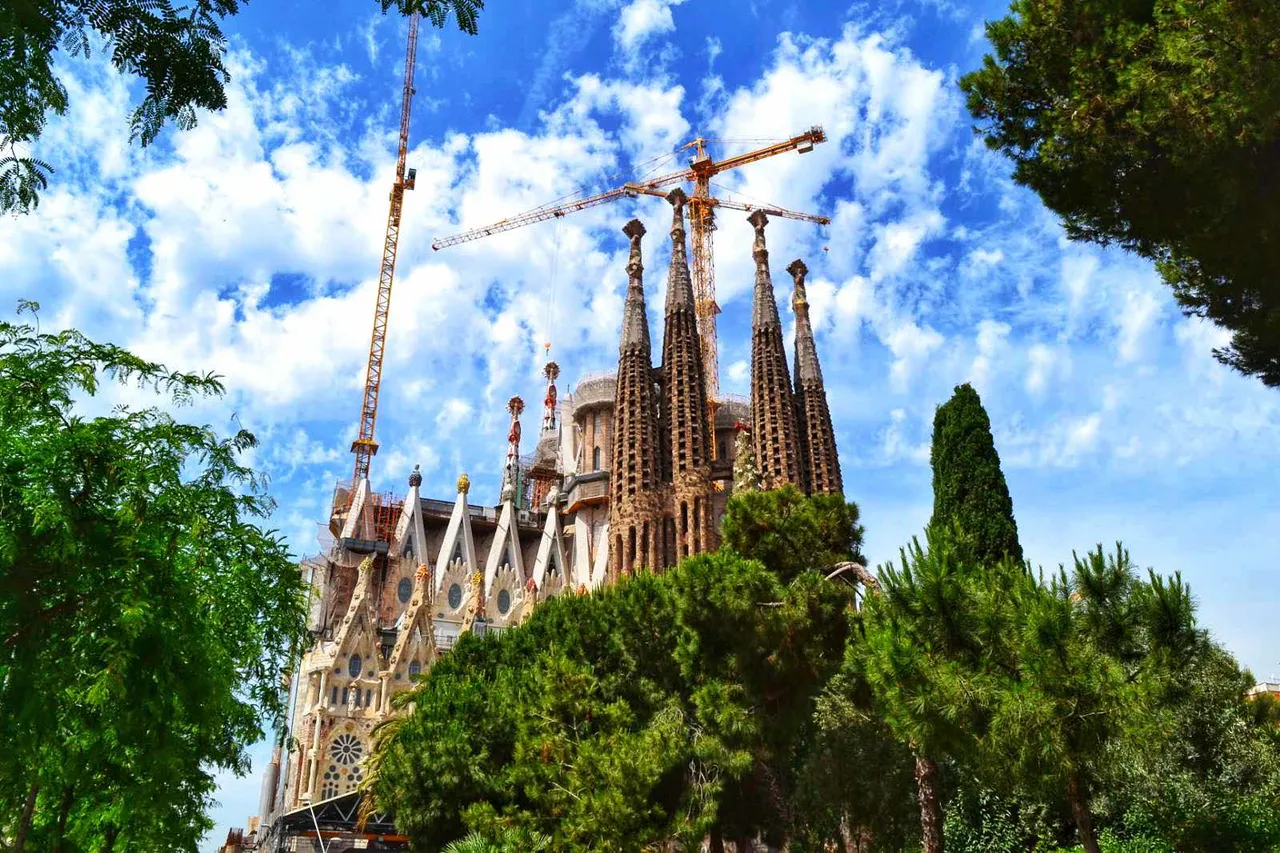
The architectural plan of the basilica is dominated by the motif of height. This is suggested by the columns rising to a height of between 15 and 45 m. They meet with arches located at a height of 30 m above the side naves and 45 m above the central nave. The arches above the middle cross reach a height of 60 m, and those above the apse are 75 m high.
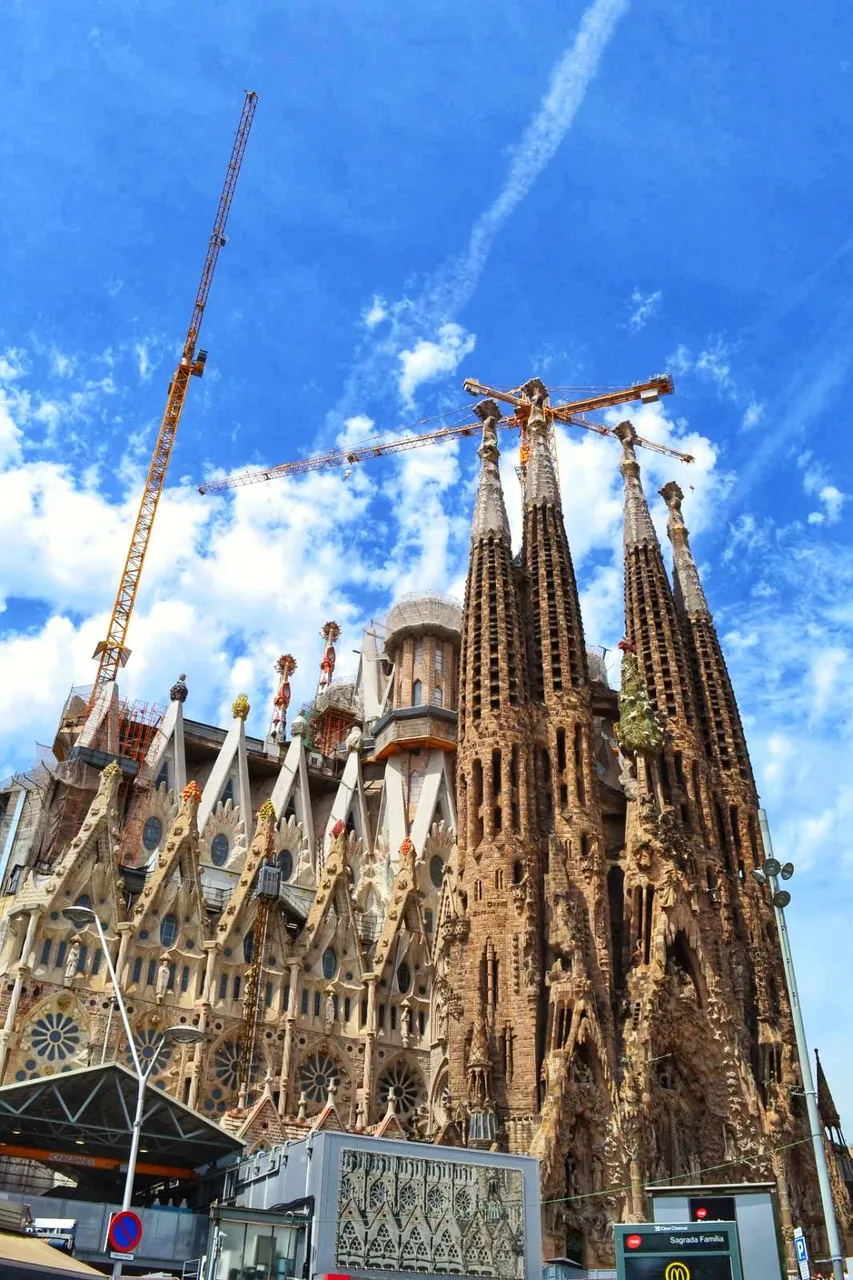
Thus, the interior of the basilica suggests a rise - a feeling that Gaudi wants to create through the facade of the temple with lanterns, the highest of which is 172.5 m. The combination of the bell towers with the lanterns aims to emphasize the overall pyramidal shape of the building.
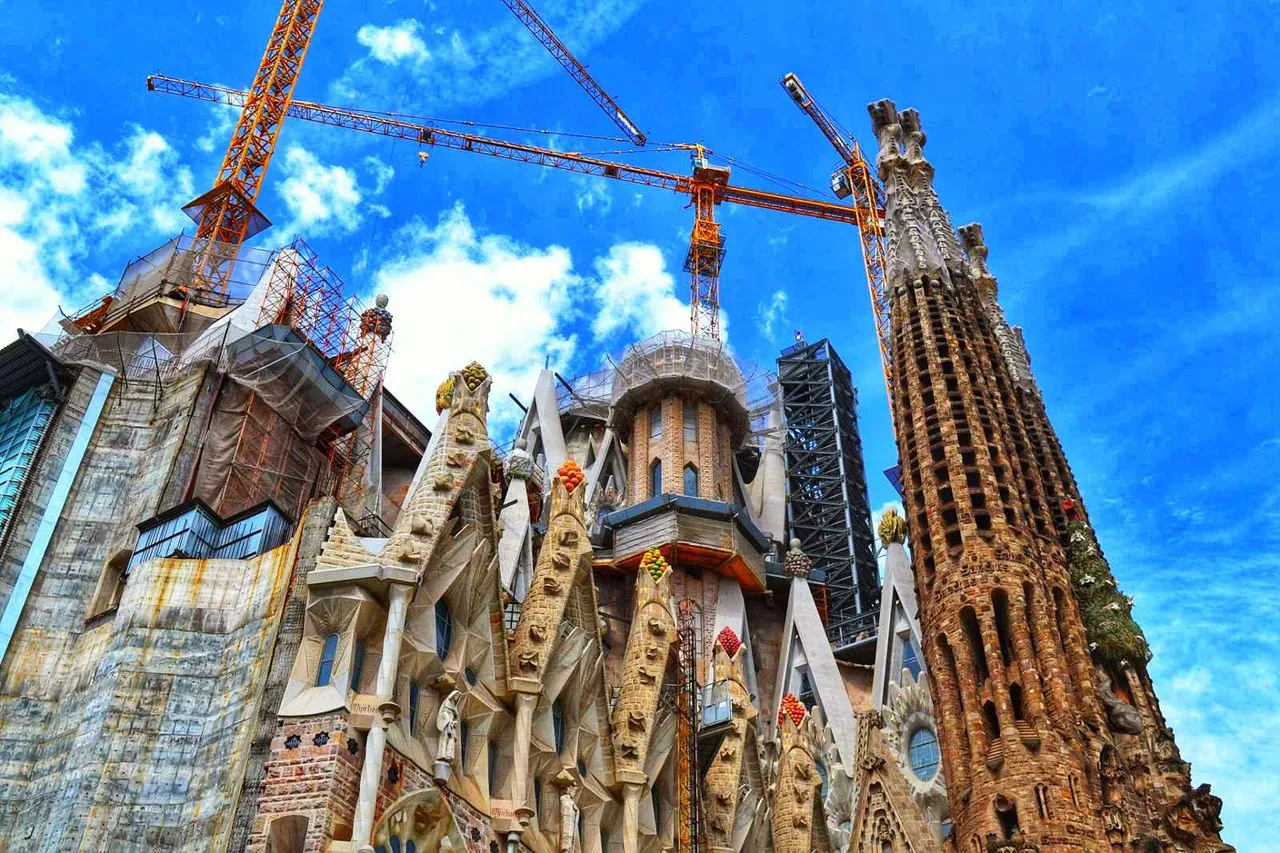
The significance of the basilica in social and cultural terms is undoubtedly great. The non-governmental organization responsible for controlling the construction of the Sagrada Familia defines the project as part of a global cause - a cornerstone not only for the city of Barcelona, but also for civilization as a whole.
After that it was a time for a nice coffee.


Ps @mihaela.popova thanks for the backpack 🎒! 😘 🙏🏻
Thank you for your attention!

